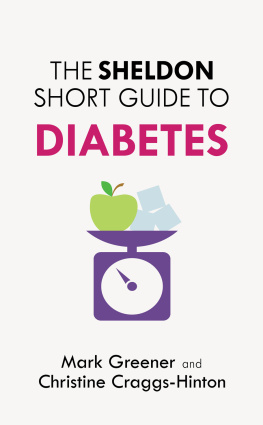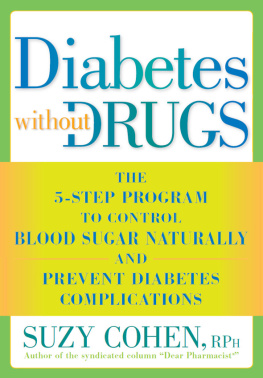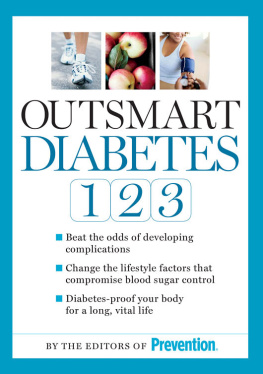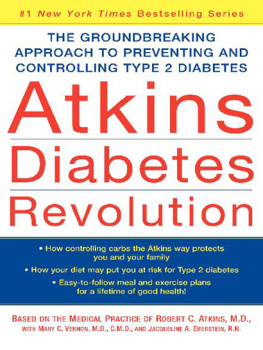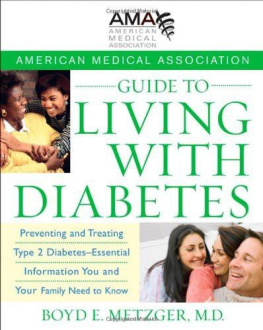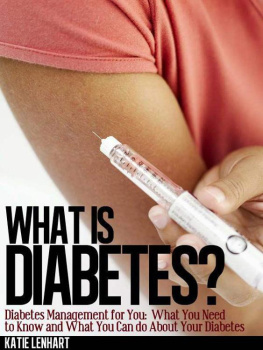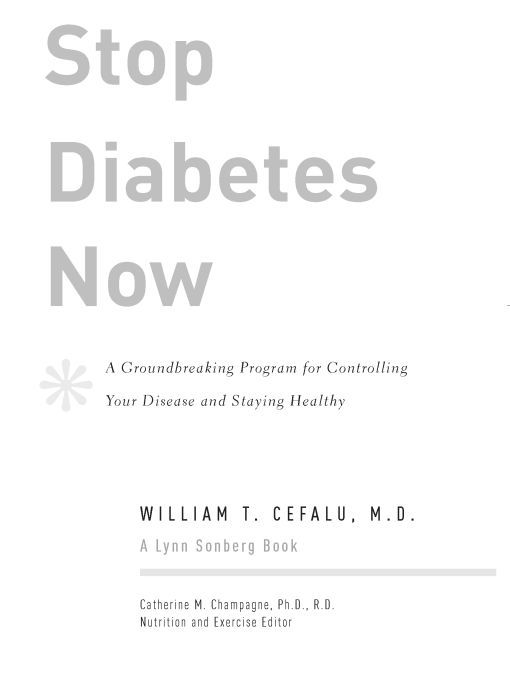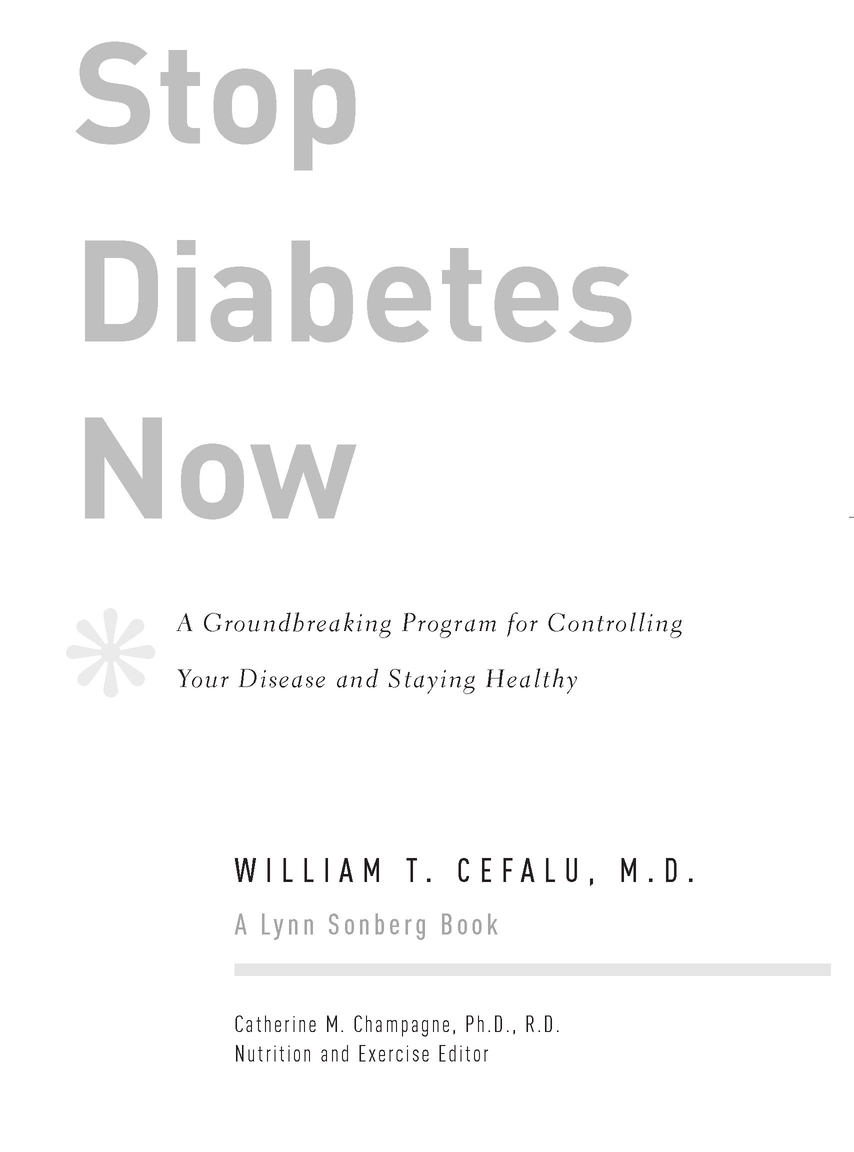Table of Contents
AVERY
a member of
Penguin Group (USA) Inc.
New York
Acknowledgments
WHERE DOES ONE BEGIN to thank all the individuals responsible for helping directly or indirectly with the creation of this book? I have to look no further than my wife, Liz, and two wonderful sons, Christopher and Jonathan, for the roles they have played. Clearly, to have the time and drive to write such a book simply means I have been provided a wonderful family structure that has allowed for personal and professional growth. My work is incredibly important to me, yet I cant imagine anyone being able to concentrate on work if his home situation is not stable or satisfying. I have my wife to thank for that, since she has been the most important part of my life and has created a family situation for which I consider myself the luckiest guy in the world! More important, my wife deserves a tremendous amount of credit for walking the walkthat is, adhering to the lifestyle and nutritional advice in this book. For our family, it is a major objective and a way of life!
Like many other families, ours has social activities centered around food and drink, which are of course an important part of entertaining and family life. Years ago, my wife and I were on the same treadmill many families were on, trying to provide activities for our young children that sitting down and enjoying meals together was sacrificed for a quick bite here or a drive through there. But happily, both of us recognized long ago the value of a healthy lifestyle, including adequate nutrition and plenty of exercise, not only for our individual health, but for the health of the family unit. To this end my wife has strived for years now to cook just about every night with significant planning and preparation, experimenting with different cooking styles and flavors. Her meals are living proof that one can eat foods that are both delicious and nutritionally balanced. These family meals are sacred and we allow no interference from phone calls or TV. Best of all, over time these principles have been instilled in my two sons who, as young adults, now have nutritional habits and exercise routines that I am proud of! The fact that we emphasized a healthful lifestyle seems to be paying dividends. So, I owe a tremendous amount of credit to my wife who made this happen.
I would also like to give credit to an individual who I have grown to respect not only as a colleague, but as a friend. Dr. Catherine Champagne played an important role in guiding the information in the nutritional chapters. Dr. Champagnes research areas currently concentrate on studies that include dietary counseling and/or dietary intake assessment of subjects. She supervises a team of dietitians, programmers, and other support personnel and her areas of expertise include food composition, menu design for specialized nutrient targets, dietary assessment, counseling strategies for chronic disease conditions, obesity, and cardiovascular disease. Her interests are women and childrens health, diet for weight loss and chronic disease, Mediterranean diet approaches for reduction of cardiovascular disease risk, physical activity, and nutritional assessment of diverse populations. Dr. Champagne was involved in the initial conceptualization of the Diabetes Prevention Project and Look AHEAD Trial. Additionally, she was instrumental in the development of the menus used in the DASH and DASH-Sodium trials. The Pennington Biomedical Research Centers nutrient database was the database of choice in the DASH trials, and Dr. Champagne manages those activities at the center. So, as you read the nutritional chapters and chapters for recipes, take great comfort that the information there has been reviewed and provided by another person who walks the walk.
Thank you also to Maggie Greenwood-Robinson for pulling together research studies, organizing the contents, and helping me put into words the scientific information that can help so many people stop the progression of their diabetes.
To Lynn Sonberg I give credit and thanks for making this book a reality. She guided the process superbly, offered wise counsel, and kept me focused throughout the writing.
Realize that in writing this book, I am simply breaking down the science from researchers who, over the years, have made incredible advances in understanding the causes of diabetes and in helping individuals live better lives if they have diabetes. Research is not an easy job. Obtaining money for research is not getting any easier. The research cited in this book is the summary of years of dedicated efforts for diabetes researchers around the world, and they should be given the credit for the messages in this book.
Finally, I have to give credit to major governing agencies whose main mission is to stem this epidemic. These include agencies like the National Institutes of Health, which funded through tax dollars the landmark trials mentioned in this book. I also have to acknowledge the American Diabetes Association and Juvenile Diabetes Foundation for funding research efforts. In addition, the American Diabetes Association has provided guidelines and standards of care to which physicians and patients should strive to adhere. These guidelines are based on evidence-based research and are emphasized over and over again in this book.
So, in closing, you can see that this book is a group effort and I am privileged to be considered the messenger.
Introduction The Solution You Need Now
HOW WOULD YOU LIKE TO STOP THE PROGRESSION OF YOUR DIABETES?
If you are among the more than twenty-one million people in this country who have diabetes, I am giving you the hopeful message that you can stop this disease from overtaking your health and your life.
Yes, diabetes is an epidemic. If ignored, it can devastate lives and families. Now more than ever, there is much you can do to prevent it, or halt its progress. Through scientific research, we now have information on diet, exercise, glucose control, and medication that you can use on a day-to-day basis to manage your diabetes and its risk factors most effectively.
For example, we now have landmark research that defines the lifestyle changes, such as diet and exercise, required to effectively stop diabetes, and even to prevent it. In this book, I will outline for you the very same diet used in this research that helped people lose approximately 5 percent of their body weight, plus drop their risk of developing diabetes by approximately 58 percent.
I will also present the latest facts about nutritional supplements that claim to treat diabetes. It is important to know what works and what does not work. At this time, the findings regarding most over-the-counter supplements are more promising than proven. I will tell you what we do know, what we dont know, and what still needs to be learned in this area.
Exercise is also a vital part of the prescription for stopping diabetes. But you would be surprised at the amount of exercise you actually need to benefit your diabetes. We know unequivocally from major research studies that just a very moderate amount of exerciseabout twenty minutes a dayis instrumental in changing the course of this disease.
If you are like many diabetics, you may resist or delay blood sugar monitoring because it has traditionally involved the painful process of pricking your finger to draw blood. Yet not monitoring your blood sugar and not knowing your levels can be extremely detrimental to your health. Fortunately, there are promising devices on the market that minimize pain and discomfort, including implantable glucose monitors, and you will learn about them here.



